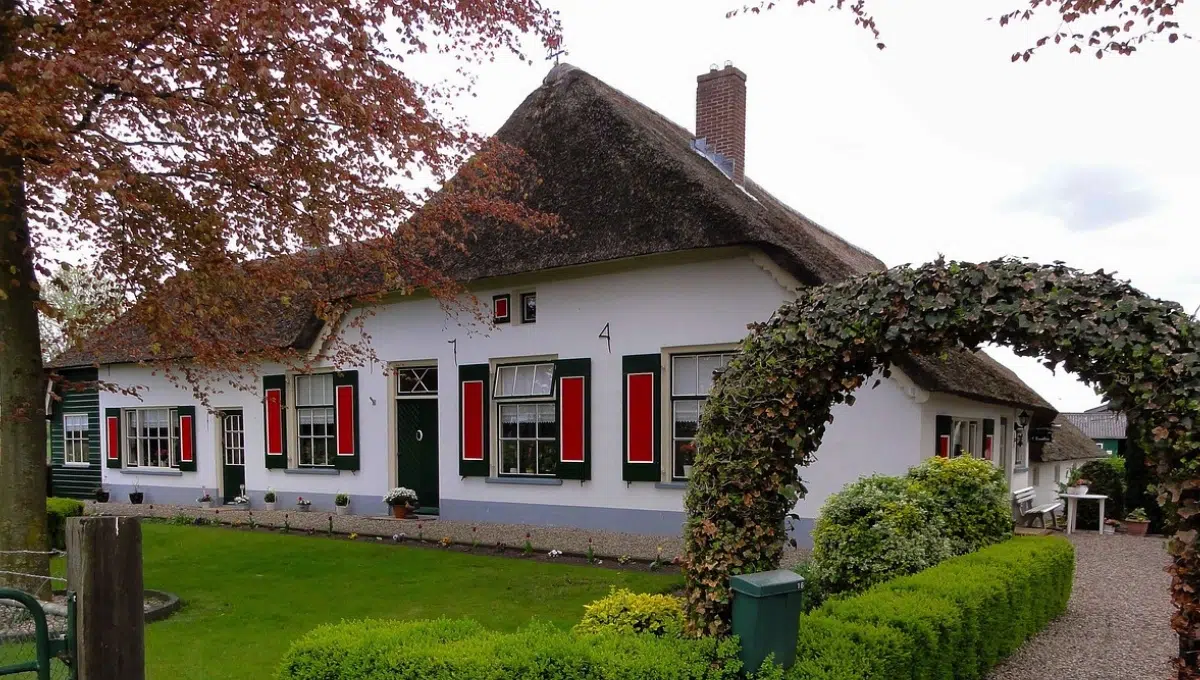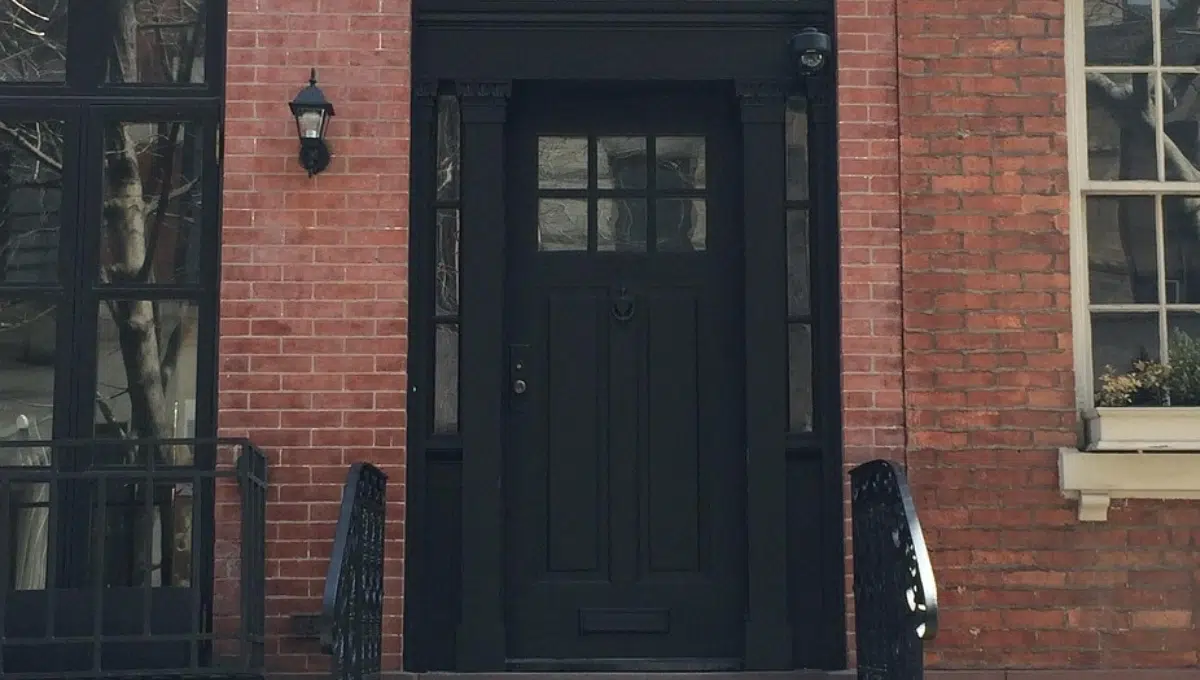Homeowners often assume their home’s insurance coverage aligns perfectly with its market price. However, insurance companies use complex methods to assess a home’s value, and these methods rarely match the figure seen on real estate listings. The distinction between market value and replacement cost lies at the heart of this process, shaping how much coverage a homeowner receives and what they pay in premiums.
Understanding these valuation methods empowers homeowners to make informed decisions about their insurance policies. Misjudging the difference between market value and replacement cost can lead to underinsurance, leaving homeowners vulnerable during a loss, or overpaying for unnecessary coverage. This comprehensive guide breaks down how insurance companies evaluate home value, offering clarity on a topic that impacts every homeowner’s financial security.
By exploring the nuances of market value and replacement cost, this article provides practical insights into securing adequate coverage. From the factors influencing valuations to actionable tips for homeowners, this knowledge ensures better protection for one of the most significant investments in life: a home.
What Is Market Value?
Market value represents the price a home would likely fetch in the current real estate market. It reflects what a buyer is willing to pay based on various external factors. Insurance companies rarely use market value alone to determine coverage, as it doesn’t directly correlate with rebuilding costs.
Key Factors Influencing Market Value
- Location: Homes in desirable neighborhoods or urban areas often have higher market values.
- Market Trends: Real estate demand, interest rates, and economic conditions impact market value.
- Home Features: Size, age, condition, and upgrades like renovated kitchens affect buyer interest.
- Comparable Sales: Recent sales of similar homes in the area help establish a benchmark.
Market value fluctuates with economic shifts, making it an unreliable metric for insurance purposes. A home’s market value might soar in a hot market but plummet during a downturn, yet the cost to rebuild remains relatively stable.
What Is Replacement Cost?
Replacement cost refers to the amount needed to rebuild a home from scratch, using similar materials and quality, at current construction prices. This valuation forms the backbone of most homeowners’ insurance policies, as it focuses on restoring the home to its original state after a covered loss.
Components of Replacement Cost
- Construction Materials: Costs for lumber, concrete, roofing, and other materials.
- Labor Expenses: Wages for contractors, electricians, plumbers, and other professionals.
- Permits and Fees: Local building permits and inspection costs.
- Architectural Plans: Fees for redesigning or replicating the home’s structure.
Unlike market value, replacement cost excludes land value, as insurance policies typically cover the structure, not the lot. Replacement cost tends to be more stable but can rise with inflation or increased material costs.
Key Facts and Findings
- Market Value Volatility: Market value can fluctuate by 10–20% annually in volatile real estate markets.
- Replacement Cost Trends: Construction costs have risen by 5–7% annually due to inflation and material shortages (2020–2025).
- Underinsurance Risks: Studies show 60% of U.S. homes are underinsured by 20% or more due to inaccurate valuations.
- Policy Popularity: Replacement cost policies account for 70% of homeowners’ insurance plans in the U.S.
- Inflation Guard Impact: Policies with inflation guard clauses can increase coverage by 2–4% yearly to match rising costs.
Market Value vs. Replacement Cost: Key Differences
Understanding the distinction between market value and replacement cost is critical for homeowners. These two figures serve different purposes and rarely align. Below is a comparison to highlight their differences:
| Aspect | Market Value | Replacement Cost |
|---|---|---|
| Definition | Price a home would sell for in the market | Cost to rebuild the home from scratch |
| Includes Land Value | Yes | No |
| Purpose | Real estate transactions | Insurance coverage determination |
| Influencing Factors | Location, demand, economic trends | Construction costs, labor, materials |
| Volatility | High, fluctuates with market conditions | Relatively stable, tied to construction costs |
Why the Difference Matters
Choosing a policy based solely on market value can lead to inadequate coverage. For example, a home in a high-demand area may have a high market value but a lower replacement cost. Conversely, a home in a less desirable location might have a low market value but require significant funds to rebuild due to custom features.
How Insurance Companies Assess Home Value
Insurance companies rely on a combination of data, inspections, and calculations to determine a home’s value for coverage purposes. The process prioritizes replacement cost but considers other factors to ensure accuracy.
Steps in the Valuation Process
- Home Inspection: Insurers may inspect the property to assess its condition, size, and features.
- Construction Cost Data: Companies use industry databases to estimate local building costs.
- Home Details: Age, square footage, materials, and upgrades like hardwood floors or custom windows are factored in.
- Geographic Adjustments: Regional labor rates and material costs influence the final estimate.
- Inflation Guard: Some policies adjust replacement cost annually to account for rising construction prices.
Tools and Technologies Used
- Cost Estimators: Software like Xactimate calculates rebuilding costs based on local data.
- Aerial Imagery: Drones or satellite images help assess a home’s size and condition.
- Historical Data: Insurers reference past claims to refine their estimates.
This meticulous process ensures homeowners receive coverage that aligns with the true cost of rebuilding, not just the market price.
Common Misconceptions About Home Valuation
Homeowners often harbor myths about how insurance companies value their homes. Addressing these misconceptions helps clarify the process.
Myth 1: Market Value Equals Insurance Coverage
Many assume their home’s sale price dictates their policy’s coverage. In reality, insurers focus on replacement cost, which may be higher or lower than market value.
Myth 2: Land Value Is Covered
Insurance policies typically exclude land value. Coverage focuses on the structure and attached fixtures, not the lot itself.
Myth 3: Replacement Cost Stays Static
Construction costs rise with inflation, labor shortages, or material price hikes. Policies with inflation guard clauses adjust coverage to reflect these changes.
Myth 4: All Policies Use Replacement Cost
Some policies, like actual cash value (ACV) plans, factor in depreciation, paying less than the full replacement cost. Homeowners must understand their policy type to avoid surprises.
Factors That Impact Replacement Cost
Several variables influence a home’s replacement cost, making it unique to each property. Homeowners should be aware of these factors when selecting coverage.
Property-Specific Factors
- Age of the Home: Older homes may require specialized materials, increasing costs.
- Custom Features: Unique elements like stained glass or custom cabinetry raise rebuilding expenses.
- Square Footage: Larger homes require more materials and labor.
- Building Codes: Newer codes may demand upgraded materials or systems, inflating costs.
External Factors
- Local Labor Costs: Areas with high demand for contractors see elevated labor prices.
- Material Availability: Shortages of lumber or roofing materials can drive up costs.
- Natural Disaster Risks: Homes in hurricane or earthquake-prone areas may need reinforced materials.
How Homeowners Can Ensure Accurate Valuation
Securing the right coverage requires proactive steps from homeowners. By understanding the valuation process, they can avoid costly gaps in protection.
Practical Tips for Homeowners
- Provide Detailed Information: Share accurate details about the home’s size, age, and upgrades during the insurance application.
- Request a Professional Appraisal: Some insurers offer appraisals to refine replacement cost estimates.
- Update Coverage Regularly: Reassess coverage every few years to account for renovations or rising construction costs.
- Consider Extended Replacement Cost: This policy add-on covers costs exceeding the estimated replacement value, offering extra protection.
- Document Home Features: Keep records of upgrades like new roofing or HVAC systems to ensure accurate valuations.
Working With Insurance Agents
Collaborating with a knowledgeable agent helps tailor coverage to a home’s specific needs. Agents can explain policy options and recommend adjustments based on local construction trends.
The Role of Policy Types in Valuation
Different insurance policies approach valuation in distinct ways. Understanding these options helps homeowners choose the right coverage.
Replacement Cost Value (RCV) Policies
RCV policies cover the full cost of rebuilding without factoring in depreciation. These are ideal for homeowners seeking comprehensive protection.
Actual Cash Value (ACV) Policies
ACV policies pay out based on the home’s current value, accounting for depreciation. These are cheaper but may leave homeowners underinsured.
Guaranteed Replacement Cost Policies
These policies cover rebuilding costs regardless of the estimated replacement value, offering maximum protection but higher premiums.
| Policy Type | Coverage | Pros | Cons |
|---|---|---|---|
| Replacement Cost Value | Full rebuilding cost, no depreciation | Comprehensive coverage | Higher premiums |
| Actual Cash Value | Rebuilding cost minus depreciation | Lower premiums | May not cover full rebuilding cost |
| Guaranteed Replacement | Unlimited rebuilding cost | Maximum protection | Expensive, not always available |
Closing Thoughts on Home Insurance Valuation
Navigating the world of home insurance valuation requires clarity and foresight. The distinction between market value and replacement cost shapes not only the coverage homeowners receive but also their financial security in the face of unexpected losses. By prioritizing replacement cost and staying proactive about policy updates, homeowners can protect their most valuable asset without overpaying or risking underinsurance.
The process may seem complex, but it boils down to understanding a home’s true rebuilding cost and aligning coverage accordingly. Homeowners who take the time to document their property’s features, work closely with insurers, and review their policies regularly are better equipped to face any challenge. Whether in a bustling city or a quiet suburb, the right insurance valuation ensures peace of mind, safeguarding a home for years to come.
FAQs About Home Insurance Valuation
- What is the main difference between market value and replacement cost?
Market value is the price a home would sell for, including land, while replacement cost is the cost to rebuild the structure. - Why don’t insurance companies use market value for coverage?
Market value includes land and market trends, which don’t reflect the cost of rebuilding a home. - How often should homeowners reassess their replacement cost?
Every 2–3 years or after major renovations to ensure coverage keeps pace with construction costs. - Can homeowners influence their home’s replacement cost estimate?
Yes, by providing detailed information about the home’s features and upgrades to the insurer. - What happens if a home is underinsured?
Homeowners may face out-of-pocket expenses to cover rebuilding costs after a loss. - Are custom home features covered under replacement cost?
Yes, if documented and included in the policy’s valuation. - How do building codes affect replacement cost?
Newer codes may require upgraded materials, increasing rebuilding costs. - What is an inflation guard clause?
A policy feature that adjusts coverage annually to account for rising construction costs. - Do all insurance policies cover replacement cost?
No, some policies use actual cash value, which factors in depreciation and pays less. - How can homeowners verify their home’s replacement cost?
Request a professional appraisal or consult with an insurance agent for an accurate estimate.
Social Media Caption:
Ever wondered how your home’s value is set for insurance? Market value and replacement cost hold the key! Learn the difference to protect your home. Read now!
Informative Paragraph:
Home insurance valuation can make or break your financial security. Knowing the difference between market value and replacement cost helps homeowners choose the right coverage. Stay informed to avoid costly gaps in protection.
CTA: Dive into the details to secure your home’s future!
Hashtags: #HomeInsurance #MarketValue #ReplacementCost #HomeownersInsurance #InsuranceTips #PropertyValuation #HomeProtection #InsuranceGuide #RealEstate #FinancialSecurity







